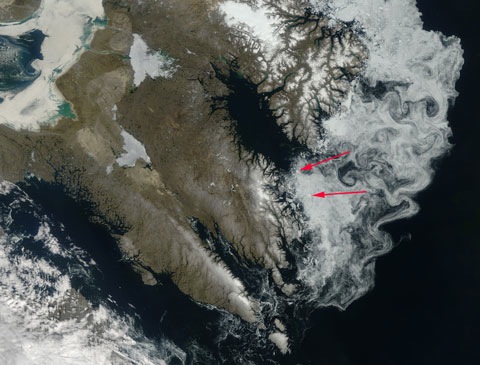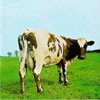 NZ’s farming leadership remains in denial about the need for action on climate change, as a remarkable speech [full text, Stuff report] by Federated Farmers president Don Nicolson demonstrates. Addressing the Plant Protection Society’s annual conference in Dunedin yesterday, Nicholson took swipes at Keisha Castle-Hughes, Greenpeace and the Green Party:
NZ’s farming leadership remains in denial about the need for action on climate change, as a remarkable speech [full text, Stuff report] by Federated Farmers president Don Nicolson demonstrates. Addressing the Plant Protection Society’s annual conference in Dunedin yesterday, Nicholson took swipes at Keisha Castle-Hughes, Greenpeace and the Green Party:
It’s not the reality that Greenpeace or the Green Party informs people before they ‘sign-on’. There’s no hint of a real solution apart from some ‘great leap backwards’. No, the vision they extol is instead apocalyptic. It is designed to create a climate of fear and don’t the anti-progress agents love fear. A fear of no oil, rising sea levels, extinction and starvation. It’s moral brainwashing without facts or context.
No real solutions on offer? No facts to support calls for action? It looks to me like Nicolson’s the one who’s making stuff up — and leading NZ’s farmers down a commercially disastrous path in the process.

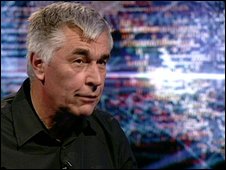 Watching Stephen Sackur’s BBC Hard Talk
Watching Stephen Sackur’s BBC Hard Talk 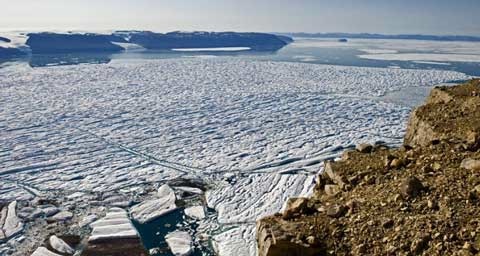
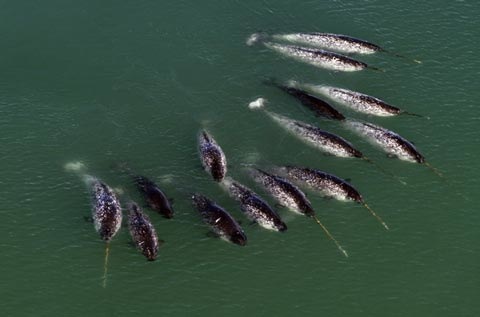
 Climate change minister Nick Smith has been popping up all over the media in the last couple of days talking 2020 targets, on the back of the latest Infometrics/NZIER economic modelling [
Climate change minister Nick Smith has been popping up all over the media in the last couple of days talking 2020 targets, on the back of the latest Infometrics/NZIER economic modelling [